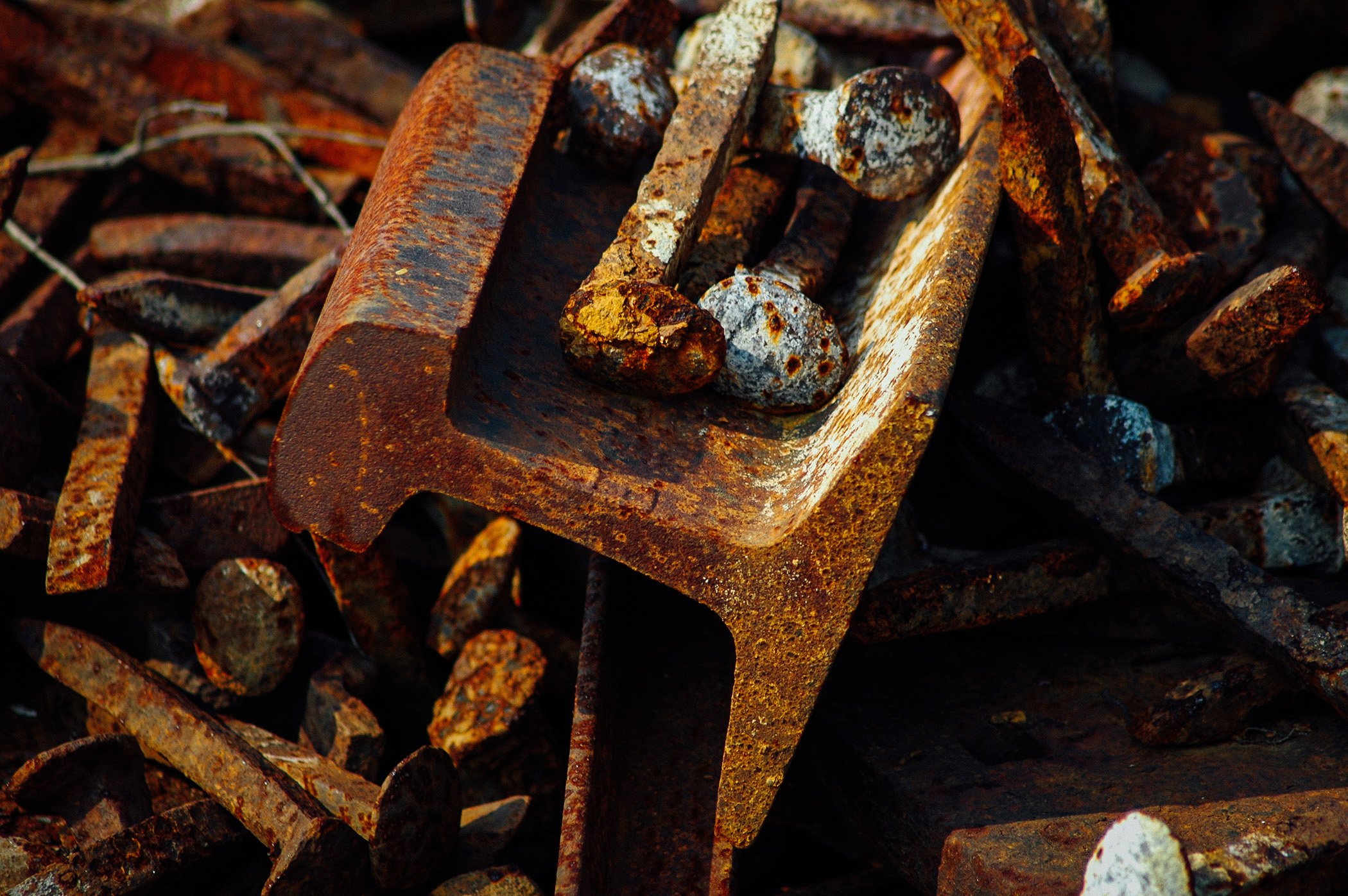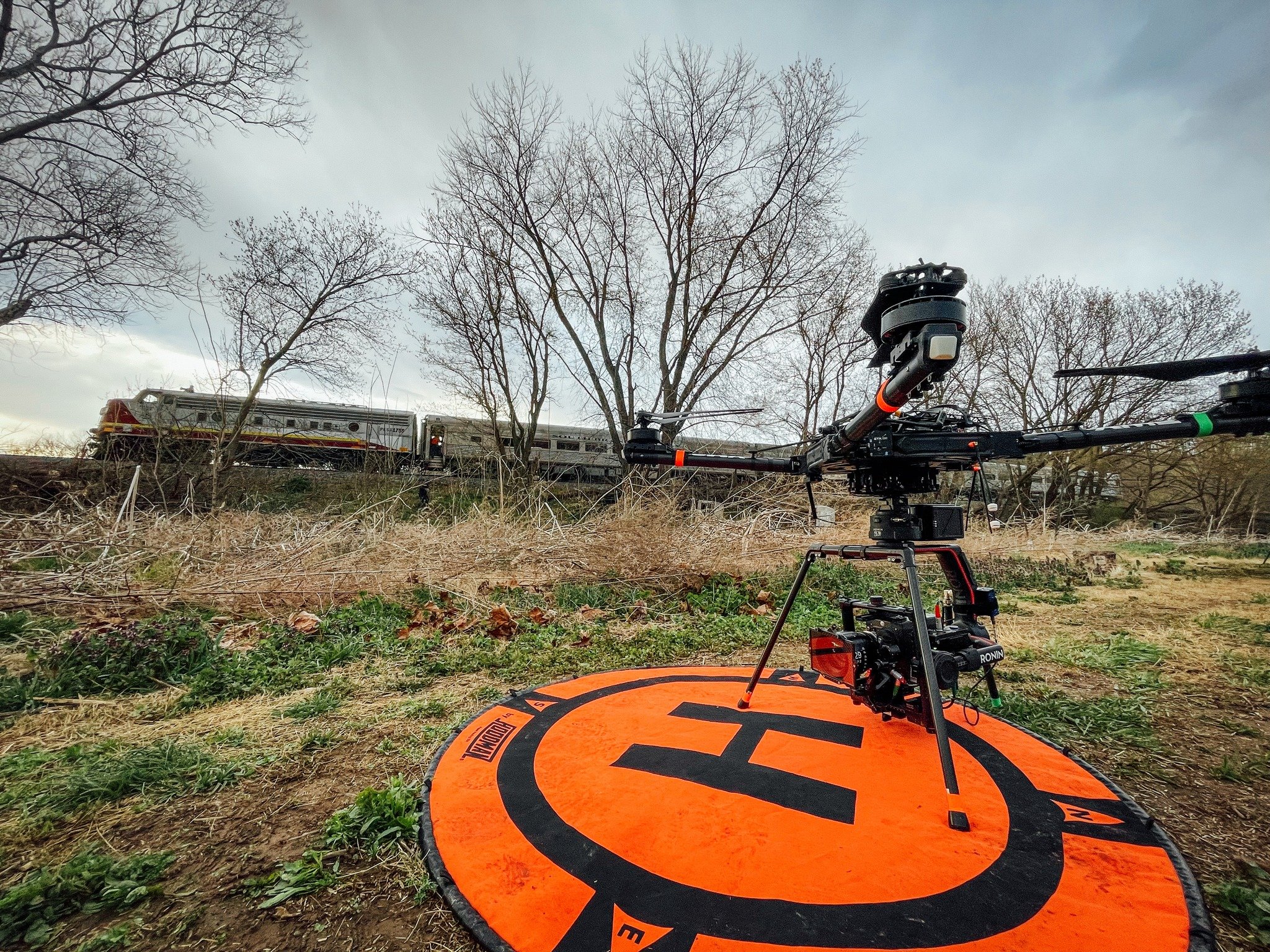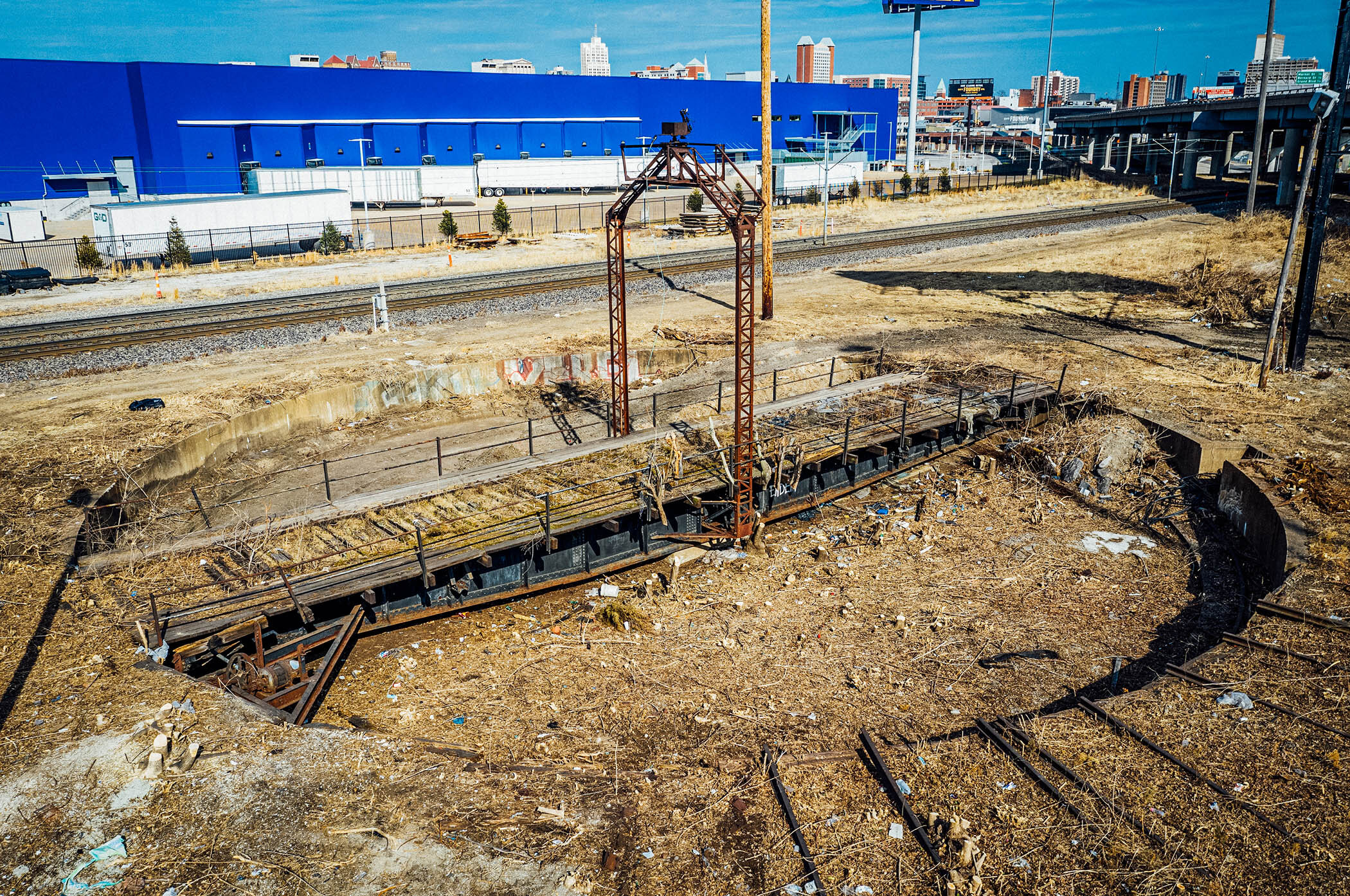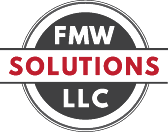
News

A Railroader's Guide to CRISI, Grant Writing, and Funding For Infrastructure Projects
Applying for a CRISI grant or funding for your railroad infrastructure project? Learn more about the opportunities for your rail efforts, including intercity passenger rail, freight rail, intermodal projects, and transit-oriented developments.

Historic railroads cameo in Tom Hanks film
A blend of historic railroad attractions helps recreate a 1970s commuter train for A Man Called Otto, the latest feature film starring Tom Hanks.

Diesel locomotive repair, maintenance, and short line railroad services expand industry firm's offerings
FMW Solutions expands services and staff to include General Electric and Electro-Motive diesel locomotive repair, including Dash 7, Dash 8, Dash 9, GEVO, EMD GP locomotives, EMD SD locomotives and short line, industry, or vintage diesel-electric locomotive overhauls, maintenance, and troubleshooting.

Historic Wabash Railroad Turntable Preserved for Tourist Railroad

